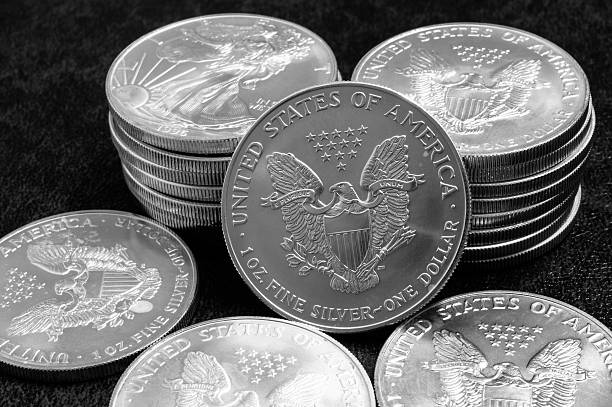Silver Standard—a monetary system where the value of currency is directly linked to silver—was once the cornerstone of global trade and economic stability. For centuries, this precious metal served as the foundation of wealth, commerce, and power, bridging continents and empires in an unprecedented network of exchange. From the bustling silver mines of the Americas to the markets of Europe and Asia, the silver standard shaped the rise and fall of nations, driving both prosperity and conflict. This introductory chapter explores the origins, importance, and enduring legacy of the silver standard, offering a glimpse into how this “white metal” became a symbol of global economic transformation over 500 years.
This book traces the journey of the silver standard—the monetary system where currency values were directly linked to silver. While gold often claims the spotlight in monetary history, silver played an equally significant, if not greater, role in earlier periods. For centuries, it was the preferred medium of exchange across vast regions, from Europe to Asia, Africa, and the Americas. The silver standard underpinned not just local economies but also international trade networks that reshaped the world.

Why Silver?
Silver’s prominence as a monetary standard was not accidental. It was abundant enough to facilitate widespread use, yet scarce enough to maintain value. Its physical properties—durability, divisibility, and ease of transport—made it ideal for trade and savings. Unlike paper currency, silver carried intrinsic value, offering stability in economies that often grappled with inflation and fluctuating trade dynamics.
The Rise of the Silver Standard
The adoption of the silver standard was driven by necessity and opportunity. In the 16th century, the Spanish conquest of the Americas unearthed massive silver deposits, particularly in Potosí (modern-day Bolivia) and Zacatecas (Mexico). This sudden influx of silver transformed economies and fueled the ambitions of European empires. It allowed Spain to dominate global trade while flooding markets in Europe, Africa, and Asia with unprecedented amounts of silver coins.
Simultaneously, silver became the backbone of trade with China, where the Ming Dynasty’s tax reforms required payments in silver. This created a “silver drain,” as European powers and their colonies mined, traded, and transported silver across the globe to meet Chinese demand. In many ways, silver became the first true global currency, connecting continents in a web of commerce that laid the foundation for the modern economy.
The Challenges of a Silver-Backed Economy
Despite its success, the silver standard was not without challenges. Overproduction from new mining discoveries led to inflation and devaluation, as seen during Europe’s Price Revolution in the 16th and 17th centuries. The fixed ratios of silver to gold in bimetallic systems also created tensions, as arbitrage opportunities destabilized markets. Furthermore, the industrial revolution brought new technologies and mining techniques, flooding markets with silver and further undermining its stability as a monetary base.
The Decline and Legacy of Silver
By the late 19th century, the world began shifting toward the gold standard, favoring the metal’s stability and scarcity over silver. The “Crime of 1873” in the United States marked a significant turning point, demonetizing silver and relegating it to a secondary role in monetary systems. By the 20th century, silver’s role in currency had largely disappeared, replaced by gold and, eventually, fiat currencies.
Yet silver’s story does not end there. Today, it remains a critical industrial resource and a popular investment commodity, valued for its applications in technology, medicine, and renewable energy. Its enduring legacy reflects humanity’s evolving relationship with wealth, technology, and global trade.
What This Book Explores
“500 Years of Silver Standard Systems: From Prosperity to Decline” examines the rise, dominance, and eventual fall of silver as the foundation of monetary systems. Through historical analysis and economic insight, this book highlights the pivotal role silver played in the global economy, connecting distant corners of the world and fueling the ambitions of empires.
In the chapters that follow, we will explore the key events, technologies, and policies that shaped the silver standard over five centuries. From the silver mines of the Americas to the markets of Europe and the workshops of China, this is the story of a metal that changed the world.
